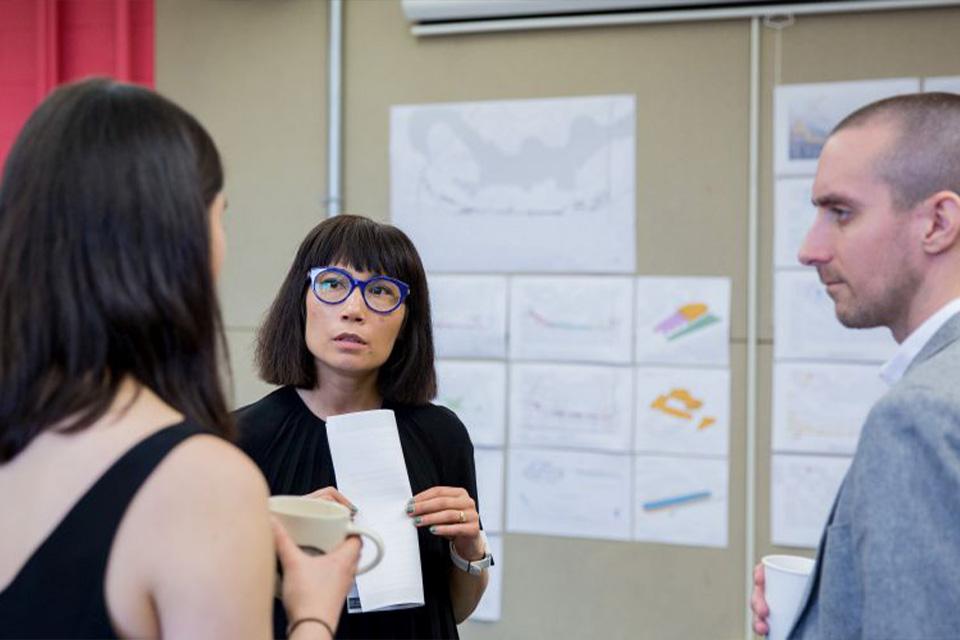
Since 2017, UBC Engineering has celebrated its students’ creativity — and often ingenuity — at an annual event called Design + Innovation Day. The event showcases a dizzying array of research and technology produced by student teams during the previous academic year. Typically presented in the form of posters, design models and working prototypes, the projects tackle a diverse range of engineering problems identified by real-world companies and research laboratories.
In the past, this work would be exhibited over the course of a single day on campus to an audience of UBC community members, industry professionals and the broader public. Due to the pandemic, this year’s event took place entirely online — and now anyone can access most of the dozens of projects through a central website: Design + Innovation Day 2021.
“Every year, I am frankly awed by the talent and inventiveness on display during Design and Innovation Day, and this time was no exception,” says Dr. James Olson, dean of the UBC Faculty of Applied Science. “The work our students have produced over the last several difficult months is an inspiration, and further demonstrates that UBC Engineering graduates are prepared to become true leaders in their fields.”
An autonomous wildfire detection system, a wearable fetal movement monitor, a device that can significantly extend the shelf life of food and a method to transform pine trees into graphite for electric vehicle batteries are just a few of the innovations that student teams developed this year. They all share a common goal: to improve the well-being of people, places and the planet — the guiding vision of the UBC Applied Science Strategic Plan.
For Dr. Jon Nakane, program director at UBC Integrated Engineering, a key priority was to help team members realize a unified vision without ever meeting in person. “The challenge was to pull together all of the different project components and contributions from the students — some physical and some purely virtual — and create something that people would experience as a cohesive whole,” says Dr. Nakane. “How do you get people to see what your team has accomplished when the parts and contributions reside in different parts of the world?”
Please visit the Faculty of Applied Science website to read the full story and to learn more about the students’ projects.
Through Strategy 8: Student Research, UBC is expanding opportunities for undergraduates to gain first-hand experience in research and is strengthening research experiences for graduate students and postdoctoral fellows.